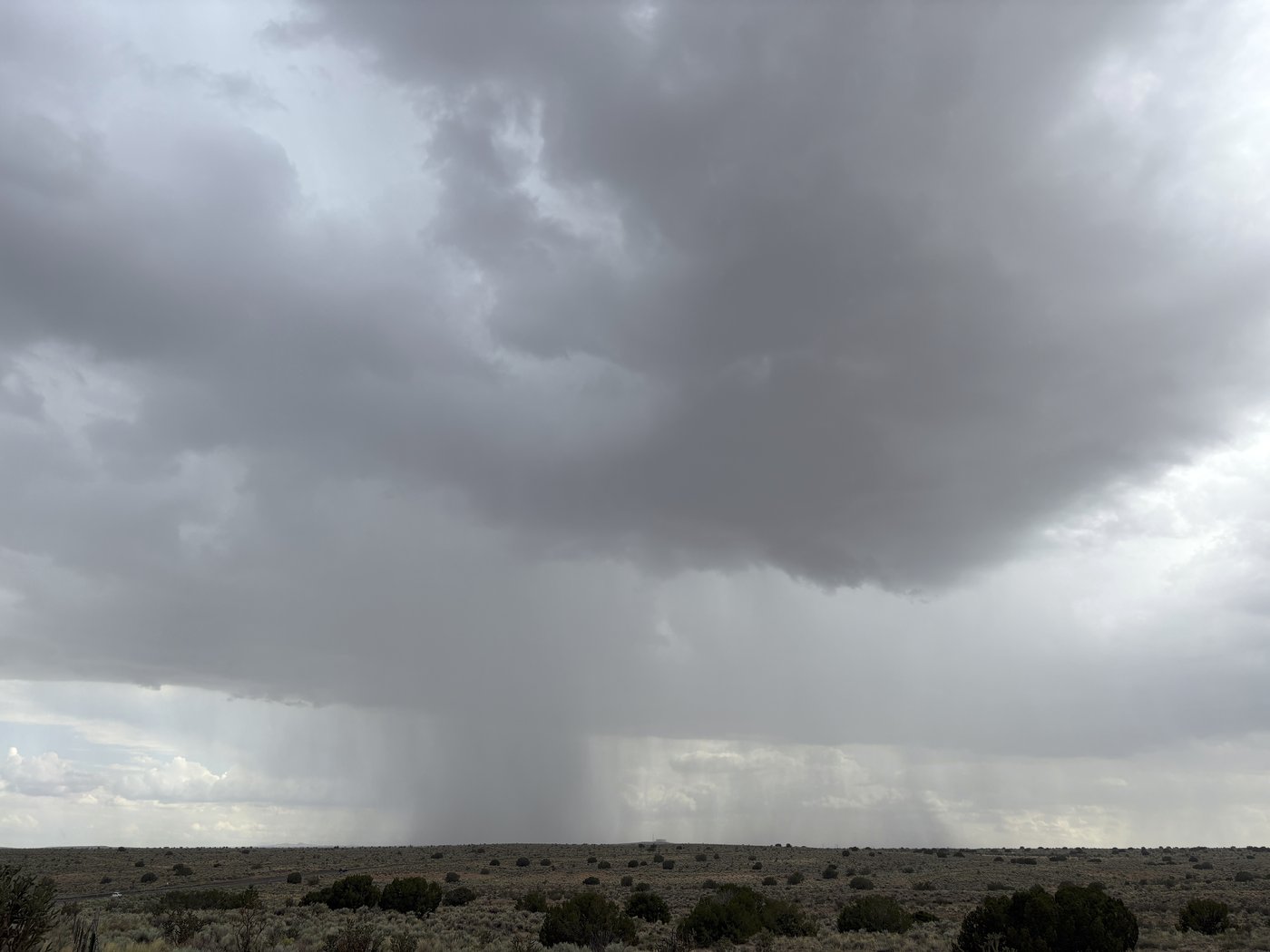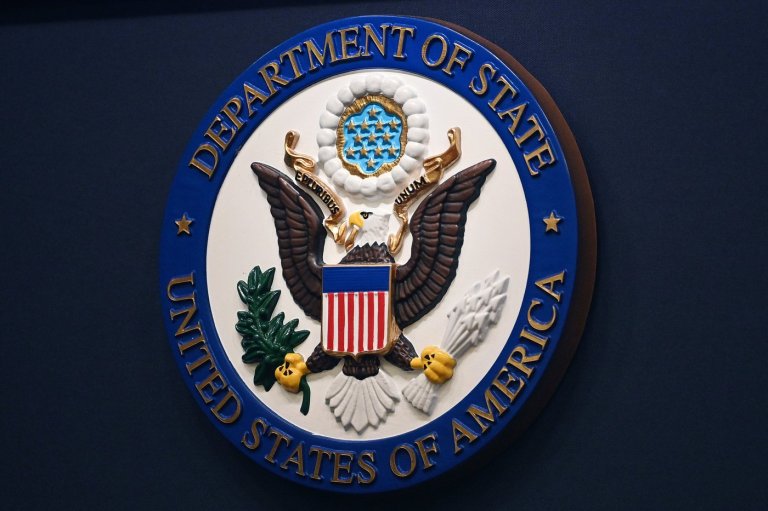
Monsoon season brings the promise of rain for the arid southwestern US
ESPAÑOLA, N.M. (AP) — Clouds build up in the early afternoon and gusty winds push in every direction. The skies darken and then comes the rain — often a downpour that is gone as quickly as it came.
This seasonal dance choreographed by Mother Nature marks a special time for the U.S. Southwest and Mexico. It is when residents clasp their hands, hoping for much-needed moisture to dampen the threat of wildfires and keep rivers flowing.
Forecasters say it has been a wet start to this year’s monsoon season, which officially began June 15 and runs through the end of September. Parts of New Mexico and West Texas have been doused with rain, while Arizona and Nevada have been hit with dust storms, which are a common hazard of the season.
In Las Vegas, monsoon season muscled its way in on the first day of July with bursts of powerful thunderstorms and dust storms that toppled power lines, uprooted trees and snapped utility poles throughout the city, shocking the power grid. Tens of thousands of people were without power for some time.
And in other parts of the world, monsoons often mean months of never-ending rain.

In North America, the season can have considerable variability. The bursts and breaks depend on how much moisture is circulating and which way the wind blows.
Easing drought
The monsoon relies on the buildup of summer heat and shifting wind direction, which helps funnel moisture from distant bodies of water to areas where rain is sparse.
Just ahead of the monsoon, officials with the Navajo Nation declared an emergency because of worsening drought conditions across the reservation, which spans parts of New Mexico, Arizona and Utah.
Below-average precipitation month after month has left little forage for livestock, and fire danger has ramped up as pockets of moderate and severe drought expand. Ranchers and farmers are being urged to reduce their herds, shift to drought-tolerant crops and limit irrigation.

New Mexico’s governor also declared an emergency in May because of severe drought and escalating fire risk.
Forecasters with the National Oceanic and Atmospheric Administration and the National Integrated Drought Information System say monsoonal rainfall only provides a fraction of the West’s water supplies, with the majority coming from snowpack. Still, summer rains can reduce drought impacts by lessening the demand for water stored in reservoirs, recharging soil moisture and groundwater, and reducing the risk of wildfires.
New Mexico and Arizona typically stand to benefit the most from the North American monsoon, getting anywhere between 10% to 60% of their annual precipitation during the season. It has a lesser influence in Nevada and California, though southern Nevada on average gets 20% to 25% of its precipitation during the summer.
Along the Rio Grande at the base of the Jemez Mountains, Santa Ana Pueblo farmers are eagerly watching the afternoon skies. Pueblo Gov. Myron Armijo said they have already had several good downpours, and he wouldn’t mind more.
But that will be for the spirits to decide, Armijo said. “You know, it’s not up to us,” he said.

Flooding fears
With summer rains come increased river flows and in some cases flooding in normally dry washes and across the scars left by wildfires.
Sandbag stations have been set up in communities across the region — from Tucson, Arizona, to Albuquerque and San Antonio, Texas. In Española, state transportation workers have closed a historic bridge that funnels traffic across the Rio Grande, citing concerns about higher flows further eroding a concrete pier.
On the edge of the Gila National Forest, New Mexico National Guard troops have delivered dozens of pallets of filled sandbags for residents who are preparing for flooding following a blaze that has charred about 74 square miles (192 square kilometers).
Meanwhile, hundreds of firefighters are hoping for higher humidity and rain to tamp down a wildfire that is racing through a mountainous area of the Navajo Nation. Fire officials reported that the flames made a 6-mile (9.7-kilometer) run in a matter of hours.

Once the fire is out, land managers acknowledge that the monsoon will be a mixed blessing, as rainfall on the charred hillsides will surely result in surges of runoff filled with ash and debris.
A tie that binds
Just as light and shadow move across the mesa tops beyond artist Daniel McCoy’s studio, the Rio Grande pulses with each downpour, turning into what looks like a sudsy caramel concoction as it carries away sediment.
The river and the desert badlands and purple mountain peaks that border it are the inspiration for the giant canvasses McCoy is preparing for an upcoming show at the Hecho a Mano gallery in Santa Fe.
McCoy, who is Muskogee (Creek) and Potawatomi, grew up working on a farm with his grandfather in Oklahoma. He and his green thumb faced new challenges when he moved to the arid Southwest, where water shortages often lead to mandatory rationing and pleas for prayers.

A sign down the street from his studio reads in Spanish: “El Agua No Se Vende. El Agua Se Defiende.” It means water isn’t for sale, and the right to access the finite resource should be defended.
“It’s made me mindful more than I ever thought I would be,” he said of hearing stories from longtime locals about the preciousness of water.
But McCoy fits right in, living by the seasons and learning to tend to his drinking water well.
“When you’re outside working, it’s a different kind of time. You live more by what the sun’s doing and what the water’s doing,” he said. “And so it’s good to be connected to that.”
Join the Conversation!
Want to share your thoughts, add context, or connect with others in your community?
You must be logged in to post a comment.


















